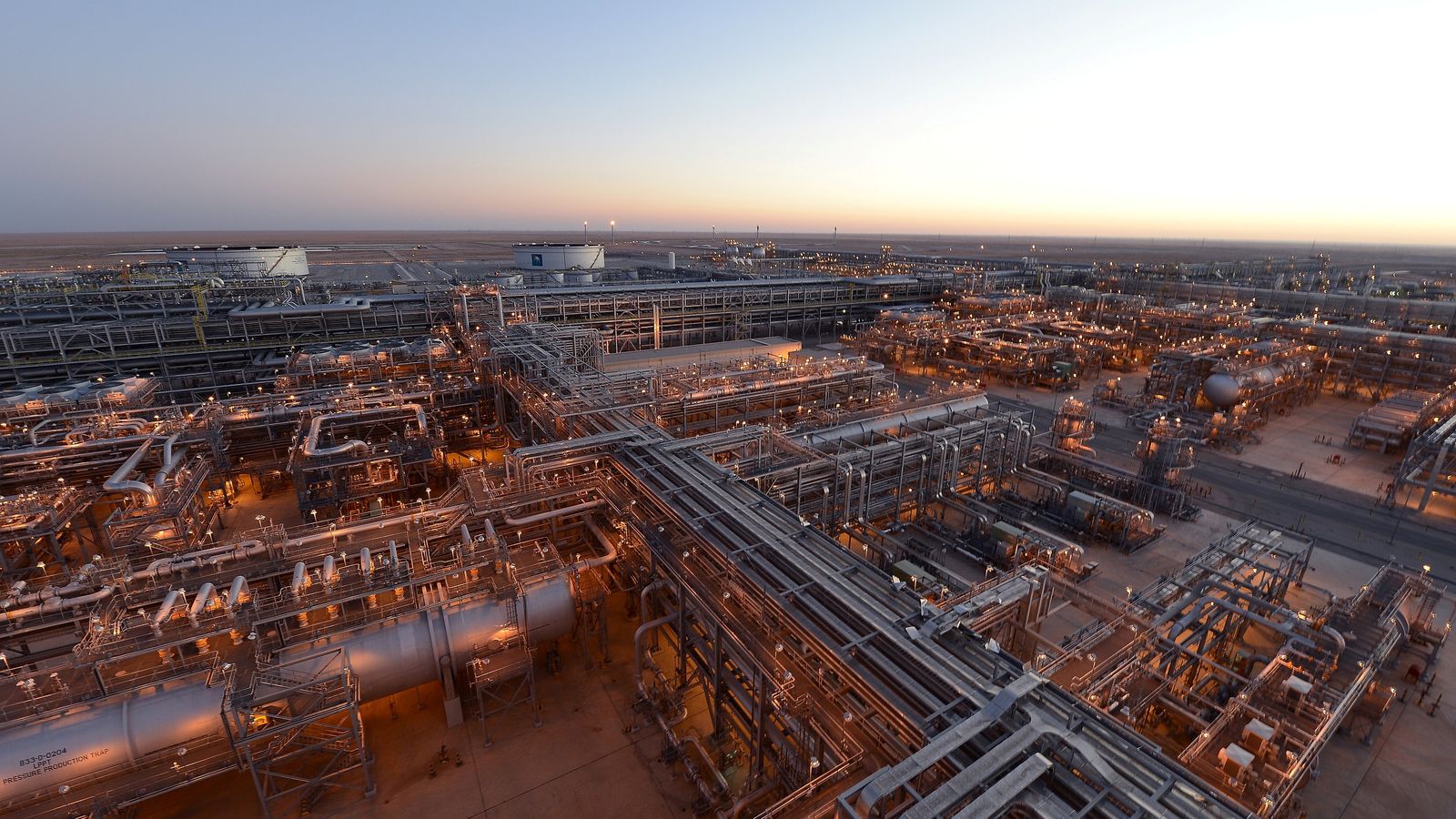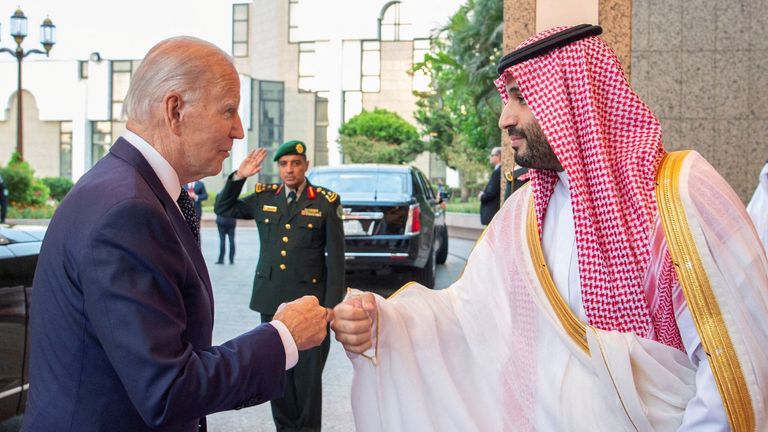The surprise production cuts announced by OPEC+ at the weekend appear to have been motivated by a number of factors.
The most obvious is that OPEC+ is clearly unhappy with the price at which oil has been trading. Brent crude has been below $90 a barrel since mid-November and, during the last few weeks, has gone as low as $70.12.
The Saudis in particular appear unhappy that crude has been trading broadly within a band of $70 to $80 a barrel and presumably would like to set a floor in the price at the upper end of that range.
The kingdom’s de facto ruler, Crown Prince Mohammed bin Salman, is investing billions of dollars in Vision 2030, his strategic plan to diversify the Saudi economy away from energy, which includes building a new mega-city in the desert and opening the country to tourists and cultural visitors. That programme requires oil prices to remain at a certain level.
Protection from an economic downturn
A second motivation could be that OPEC+ is seeking to protect itself from a possible economic downturn. Those fears will have intensified during the recent turmoil in the banking markets to which, ironically, the Saudis themselves contributed.
The state-controlled Saudi National Bank was the biggest single shareholder in Credit Suisse. Comments from its chairman (who has since been replaced) that it would not be participating in any equity fundraising contributed to the loss of confidence in Switzerland’s second-largest lender.
It is perhaps no coincidence that the recent dip in the price of Brent crude – to its lowest level since December 2021 – came the morning after the rescue of Credit Suisse by its domestic rival UBS had been announced by the Swiss government.
So this may, as Jeff Currie, the head of commodity research at Goldman Sachs, suggested today, have been a precautionary move.
Saudi irritation
A third factor is almost certainly likely to be Saudi irritation at recent comments from the Biden administration. The US has been drawing down crude from its Strategic Petroleum Reserve (SPR) – an emergency reserve created in 1975 in the wake of the energy crisis sparked by the Yom Kippur War in October 1973 – to mitigate the impact of higher crude prices on American households and businesses.
Read more:
Oil prices surge after Saudis and others vow to cut production
Stocks attempt fightback as frenzy over forced takeover of Credit Suisse subsides
Analysis: How worried should we be about British banks?
The Biden administration had previously promised the Saudis it would replenish the SPR, but said last week it would now not be doing so. That will have angered the Saudis, who will also be keen to use this incident as an opportunity to remind the US of its pricing power in the crude market, something which has at various times during the last decade appeared to be threatened by US shale producers.
A continuing trend between the US and Saudi Arabia
A fourth, related, factor is geopolitics. It is being suggested in some quarters that the Saudis wish to reinforce to the White House that the US is not as influential a player in the Gulf region and the Middle East as it has been in the past. Riyadh, traditionally a staunch security partner of the US in the region, has been making increasingly clear its desire to form a wider group of partners.
Nowhere was this emphasised more strongly than in the recent diplomatic agreement reached with Iran, traditionally the kingdom’s arch-rival, which was brokered by China. Beijing will have enjoyed watching the kingdom cocking a snook at Mr Biden.
This can be seen as the continuation of a trend: Mr Biden had been critical of Riyadh even before he was elected president and is under pressure from many in his party to dial down the relationship with the Saudis even to the point of withholding arms sales.
Mr Biden sought to patch things up with a visit to the kingdom in July last year, during which he greeted Crown Prince Mohammed with a fist bump – only for OPEC to push through a production cut of two million barrels per day in October. This was a measure Mr Biden said would have “consequences”. So this may be another indication from Riyadh that it has not forgiven, or forgotten, those remarks.
Read more:
Record $161bn profit by oil giant during cost of living crisis
Cost of living updates: Best and worst airlines for your getaway ranked; ‘inflation blow’ as oil prices rise
The Saudis are calling the shots
What is not clear is the extent to which Russia – which is not a member of OPEC but is a part of the broader OPEC+ grouping – has had any say in the decision. The Saudis are shouldering the bulk of the production cuts, along with the UAE, Kuwait and Iraq, while Russia’s involvement appears to extend to merely keeping in place an existing half a million barrels per day production cut until the end of the year. Moscow stressed on Sunday night that this was a voluntary decision – but very evidently the Saudis are calling the shots in the cartel.
The consequences of this move are clear, though. The most unwelcome one could be a boost to Vladimir Putin’s war effort: it is being suggested that less Saudi crude on the market could push the likes of India and China to buy even more Russian crude. The Indians have already indicated as much.
Another is that this production cut will leave global demand and supply out of kilter for the second half of the year. Both Goldman and JP Morgan are now forecasting that crude could trade at $90 a barrel between now and the end of the year. UBS, meanwhile, thinks prices could go to $100.
That will make life harder for central banks around the world that are grappling with the consequences of higher inflation.
This action, then, has increased the danger of interest rates in the UK, Europe and the United States having to remain higher for longer – with all the consequences for global GDP growth that entails.

